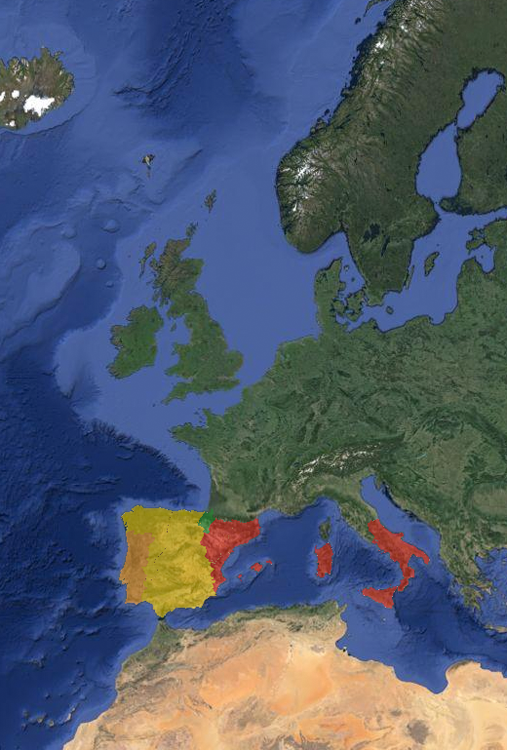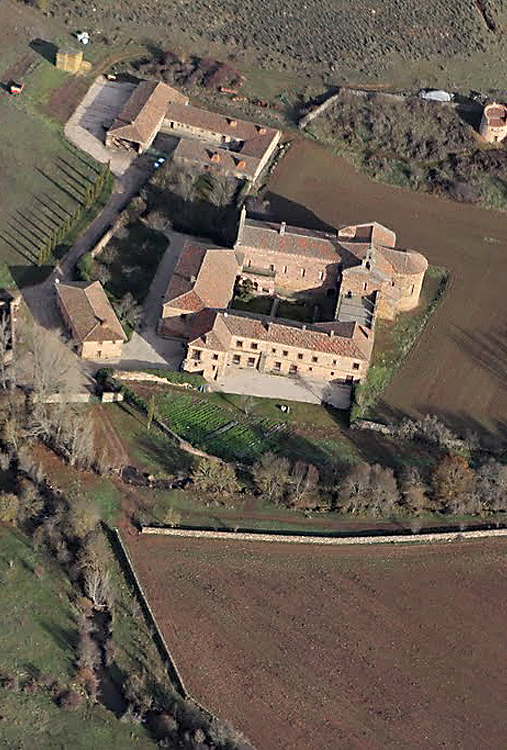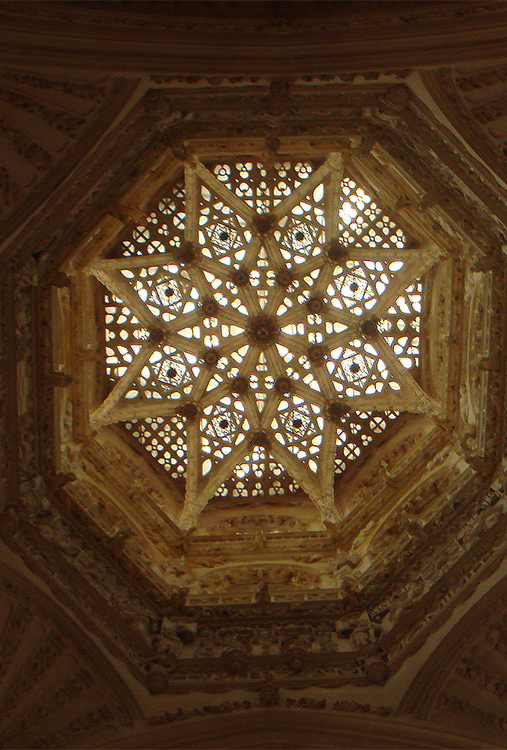The Kingdom of Sicily Image Database
- Details
- Published: Sunday, 18 December 2016 11:54
- Written by Caroline Bruzelius

The Kingdom of Sicily Image Database (kos.aahvs.duke.edu) collects historic drawings, paintings, engravings and photographs that depict the medieval monuments and cities in South Italy erected between c. 1100 and c. 1450 CE. The images are gathered from museums, libraries, archives, and publications; for the most part they depict monuments prior to destruction or significant alteration as a result of wars, earthquakes, extensive restoration, and simple neglect. The dates of the images range from the late sixteenth through the mid-twentieth centuries, and a number of twentieth- century photographs show damage from WWII bombardment.
The Kingdom of Sicily Image Database includes location maps, and a “slide show” feature to enable travelers and scholars to locate monuments in large cities such as Naples or Palermo, as well as to compare historic images of specific sites.
The project was initiated with a Collaborative Research Grant from the National Endowment for the Humanities. Technical development (database, website, and storage) is provided by Trinity Technology Services at Duke University. The Hertziana Library in Rome assisted with consultation, library resources, an office, and meeting space. The Department of Art, Art History and Visual Studies and the Wired! Lab at Duke University hosted the project and actively participated in the design and development of the database and website. Data has been collected by post-doc researchers, graduate students, and undergraduates at Duke University. The database is a work in progress and is by no means exhaustive or complete.
Co_PI’s are Caroline Bruzelius, Duke University, USA, and Paola Vitolo, the University of Catania.



